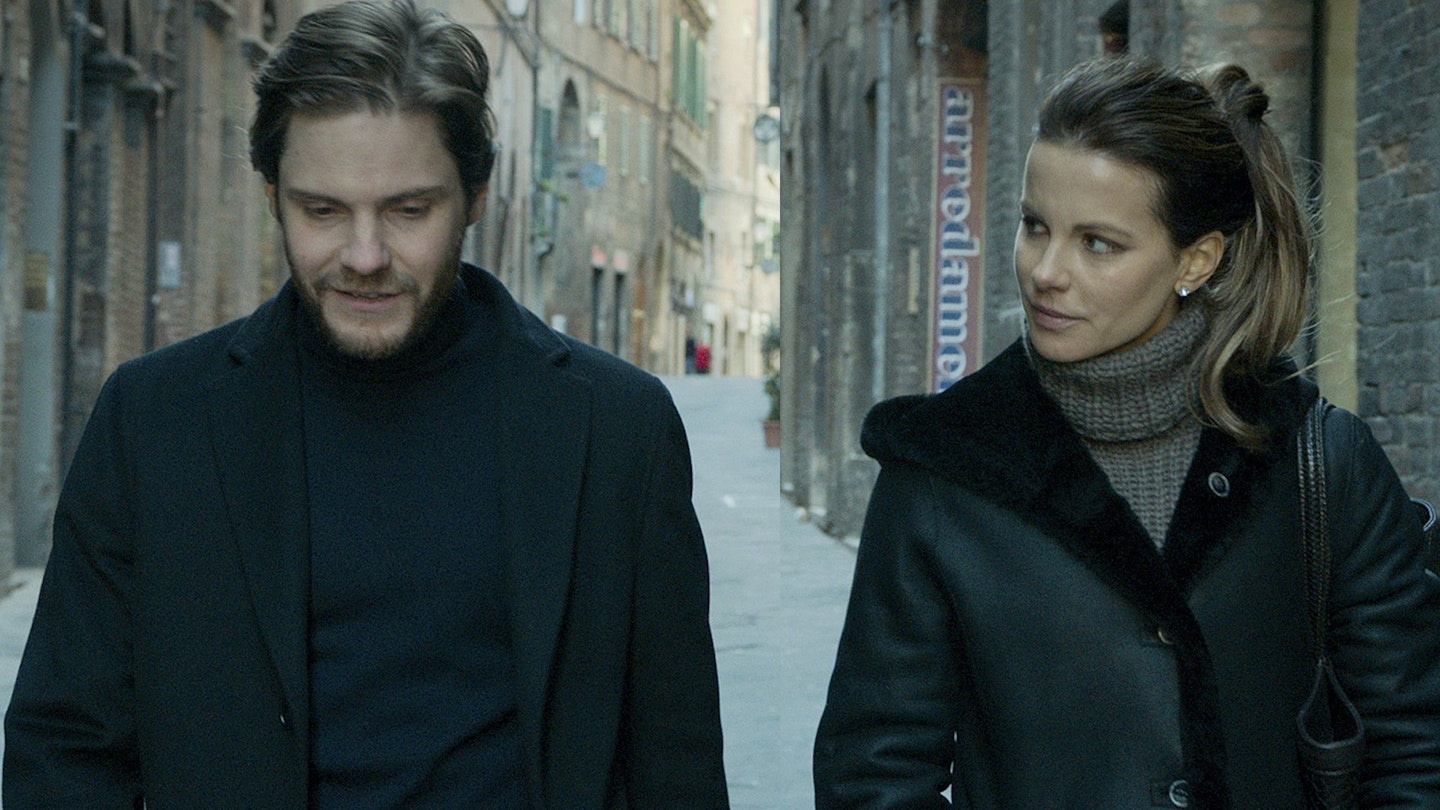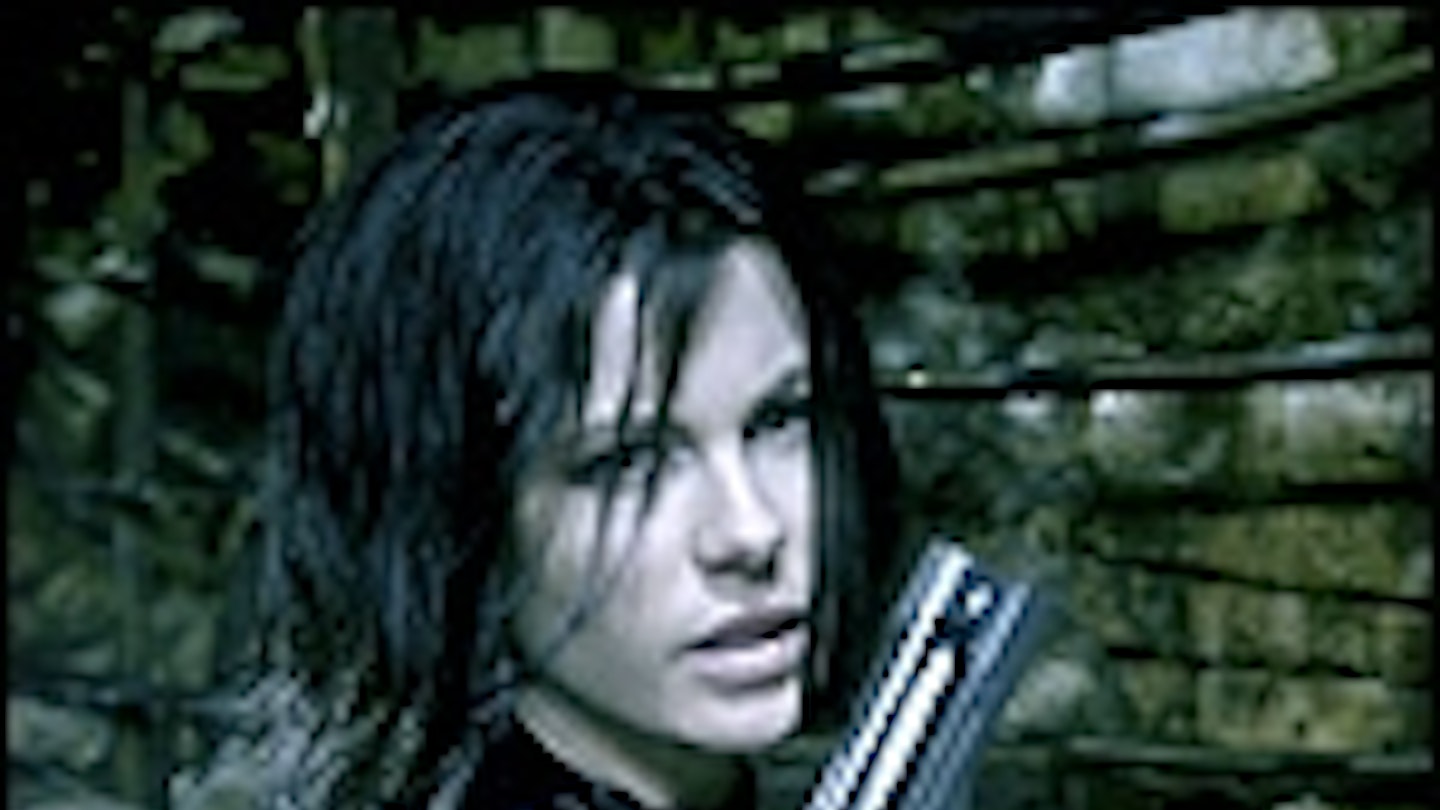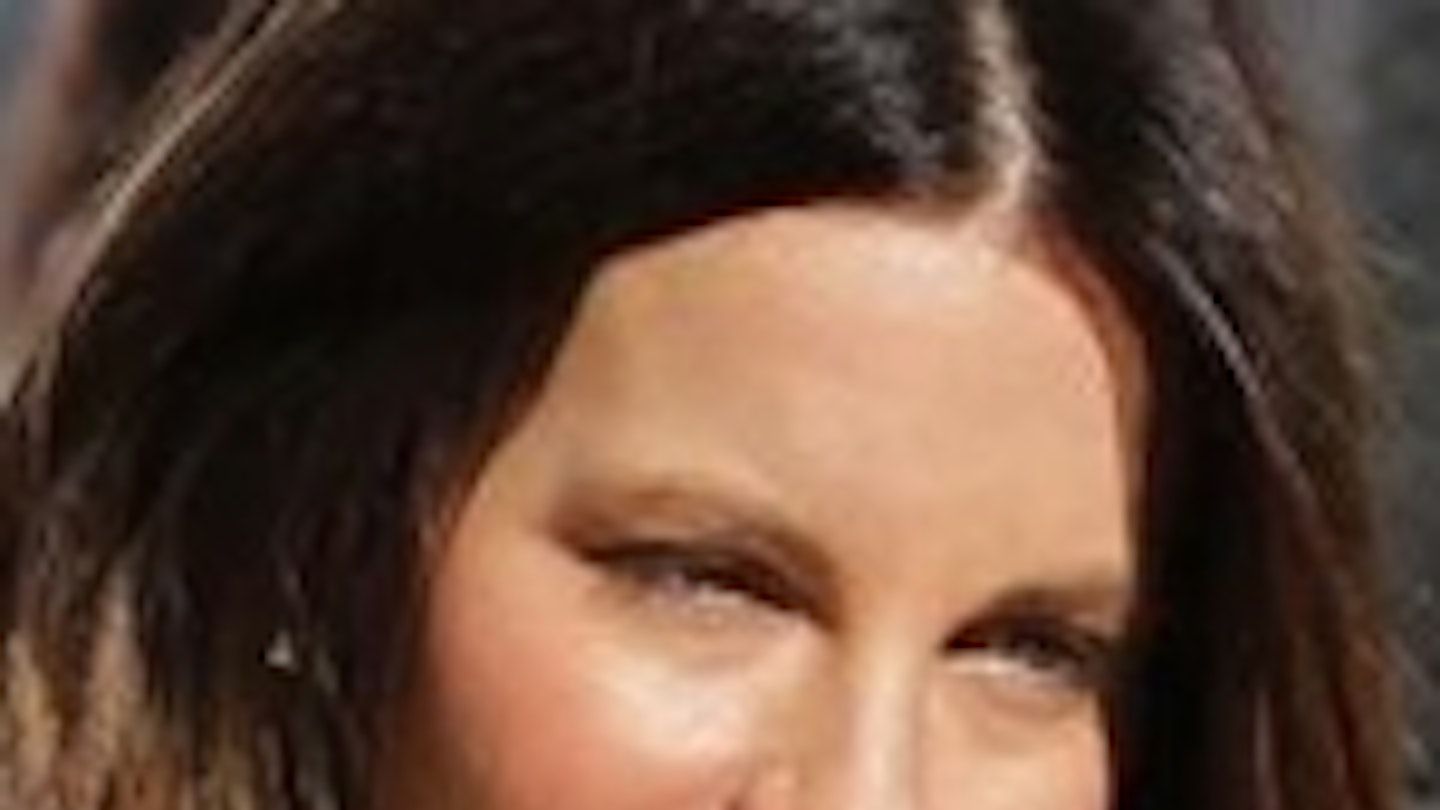How much clever-clever is clever? Having to unpeel a film like an onion can be as exhausting as it is stimulating. Which rather sums up the latest from the unquenchable Michael Winterbottom (this is his tenth film in five years), who has elaborated the moral murk of the Amanda Knox case into a meta-fictional pudding. Winterbottom has regularly enjoyed his self-commentary, but until now it’s been the giggly gamesmanship of A Cock And Bull Story or 24 Hour Party People. Here he dabbles in dark meta.
Early on it is made clear that this is “not a whodunnit”, rather a film about a director making a film about a real murder of a British student in Sienna, almost identical to the genuine Knox-Kercher murder case that took place in Perugia in 2007. It’s more of a ‘whyarewemakingit?’, with the British director sweating over slippery concepts like fact and fiction, truth and perception, and our endless lurid fascination with the collision of sex and death. Art imitating art imitating life.
Thus the ever-so serious director Lang (Daniel Brühl) travels to Siena where the appeal of convicted murderer Jessica Fuller (as in Knox) is about to be heard. Hooking up with ex-pat reporter and ‘true’ crime author Simone Ford (Kate Beckinsale) to get a sense of the background, he attempts to write a script, but instead succumbs to a major fit of the Barton Finks.
Winterbottom is good on the media scrum on the fringes of the case, journalists interpreting events to their own agendas, part detectives, part exploiters. Should art, he wonders, ever exploit real tragedies? A seedy local feeds a paranoid blog with his ramblings about what really happened, tempting in Lang with his talk of ‘real’ truths. The film stands as a parable about the various ways we feed off sensationalist crime like leeches. And hey, aren’t we doing the same by turning up seeking the cheap thrill of a literal blow-by-blow reconstruction?
All the same, it’s an unsteady concept. Watching a filmmaker’s mid-life crisis, hoovering up cocaine and mumbling about honesty, doesn’t escape indulgence by admitting it is being indulgent. At one point, a close friend suggests to Lang that he shouldn’t turn “a movie about two teenagers and a murder case that can’t be solved into a film about a middle-aged man who lost his way.” Quite so. Lang even informs his increasingly dismayed backers that he wants his film to echo Dante’s Inferno. Hey presto, we get a hallucinatory encounter with a CG demon as Lang stumbles through Siena’s Medieval backstreets in full Don’t Look Now mode.
Unsurprisingly, then, Brühl struggles to make Lang anything more than a self-involved jerk (Winterbottom disavows any likeness, but probably wants us to wonder). Relief comes in Beckinsale’s shrewd commentator, and sometime model Cara Delevingne as a spirited but vulnerable British student who not only echoes both Jessica and Elizabeth (as in Kercher) but also becomes a surrogate daughter for the fraught Lang. For all the debate over Knox’s unfeeling eyes, Winterbottom reminds us that a daughter has been murdered.


